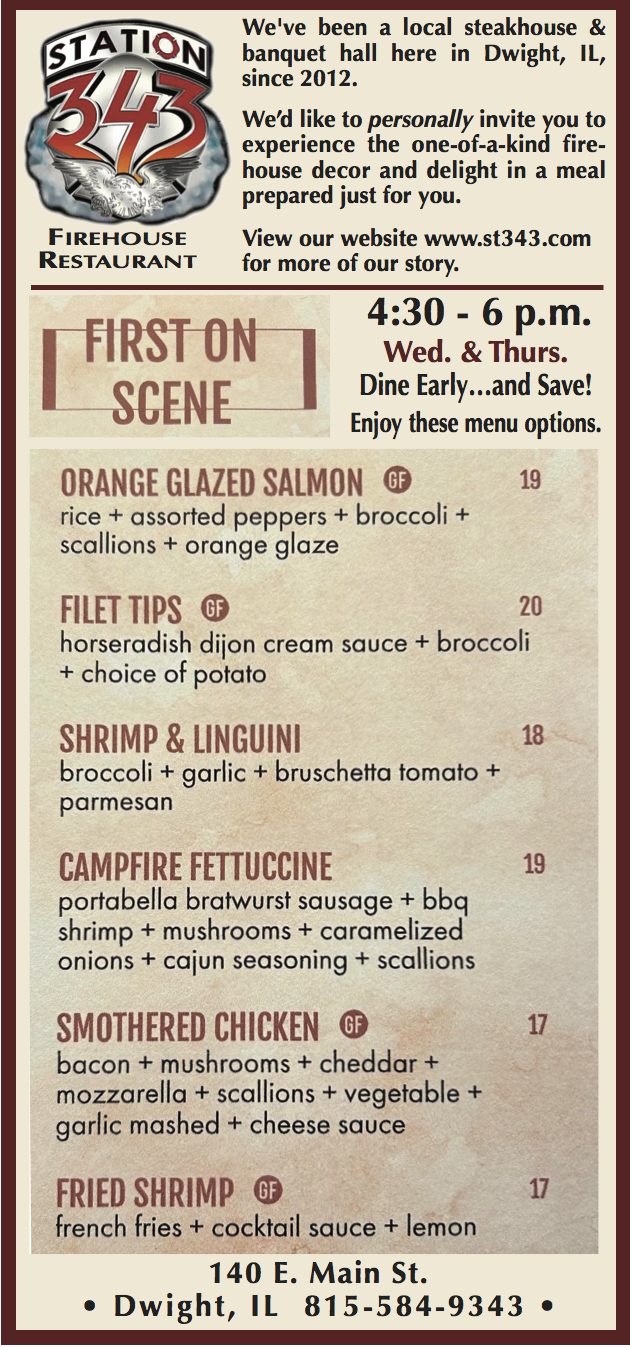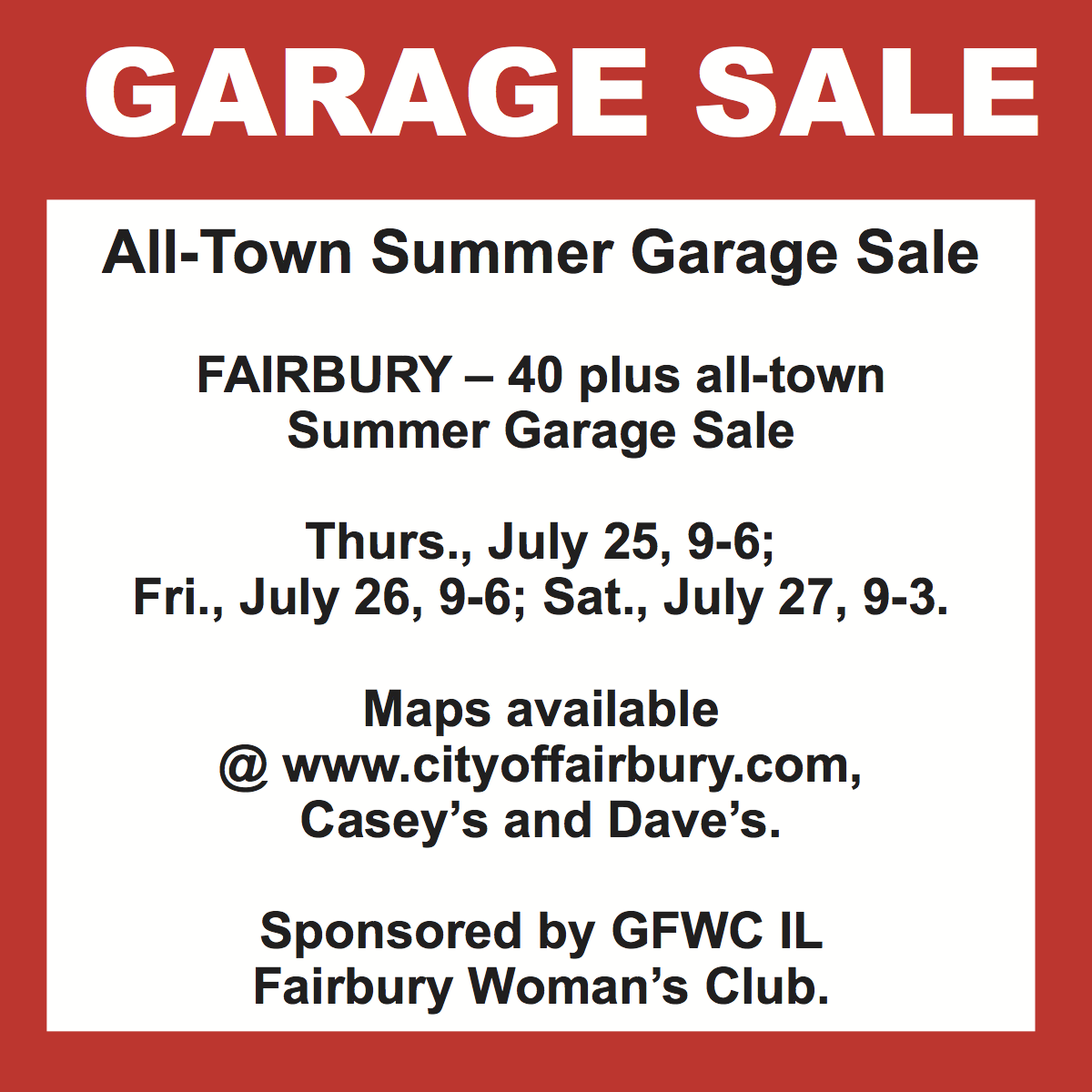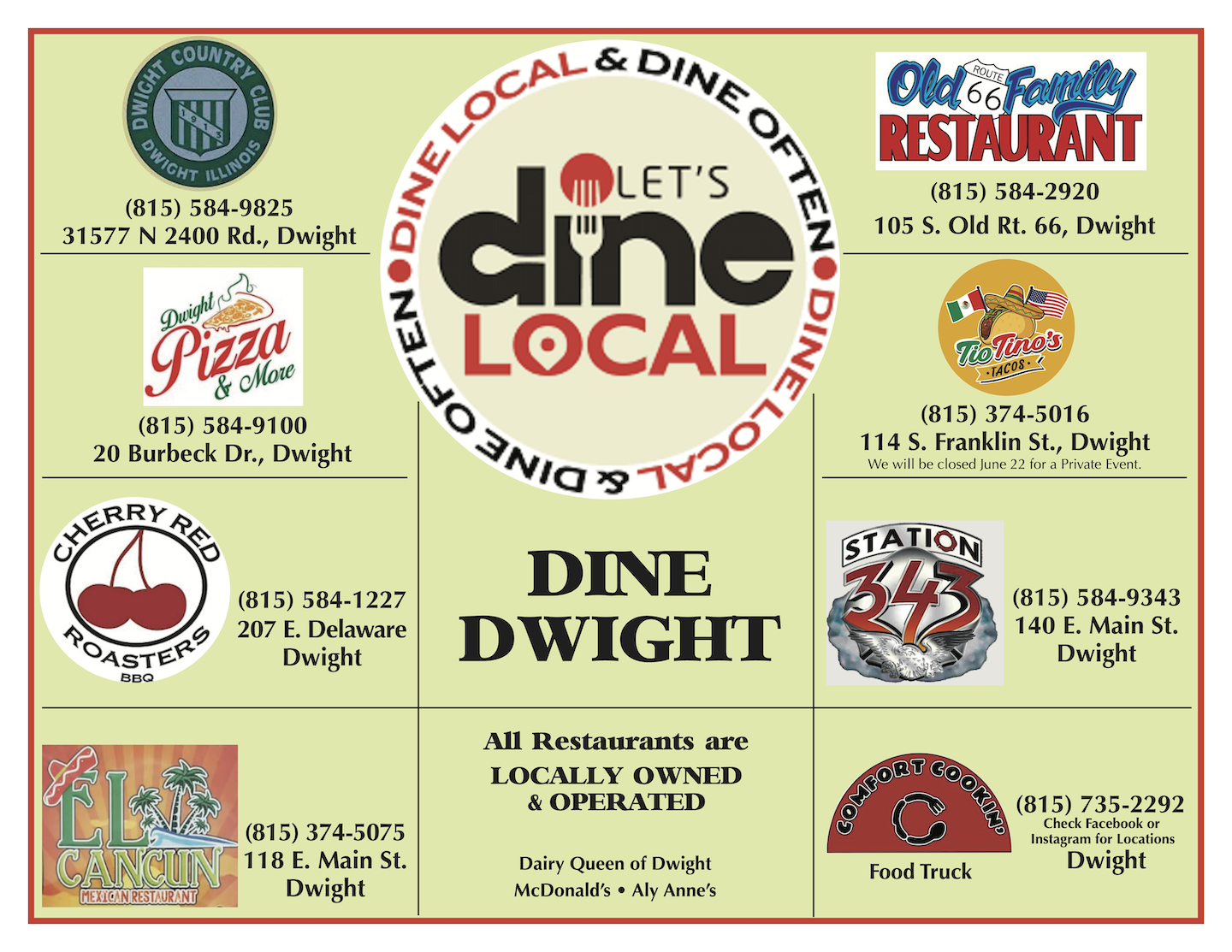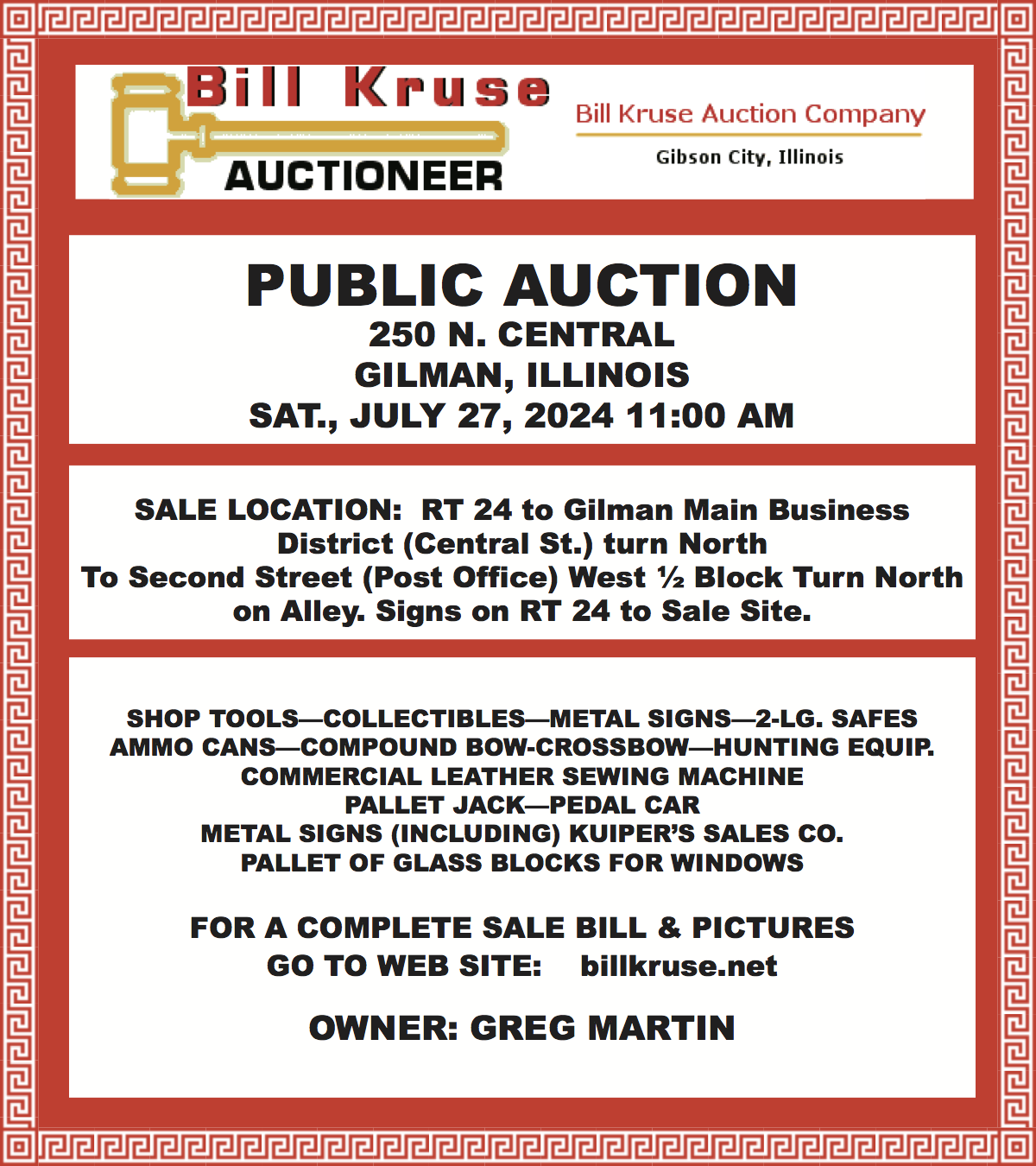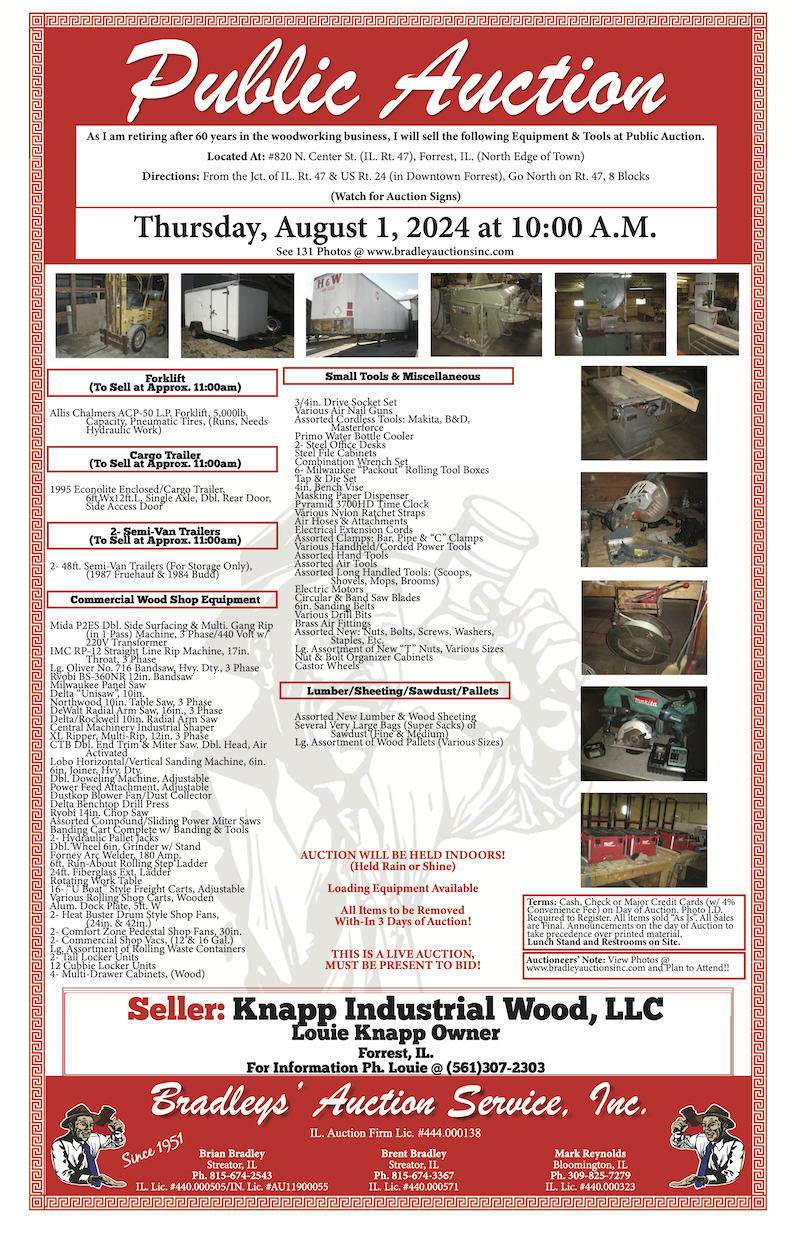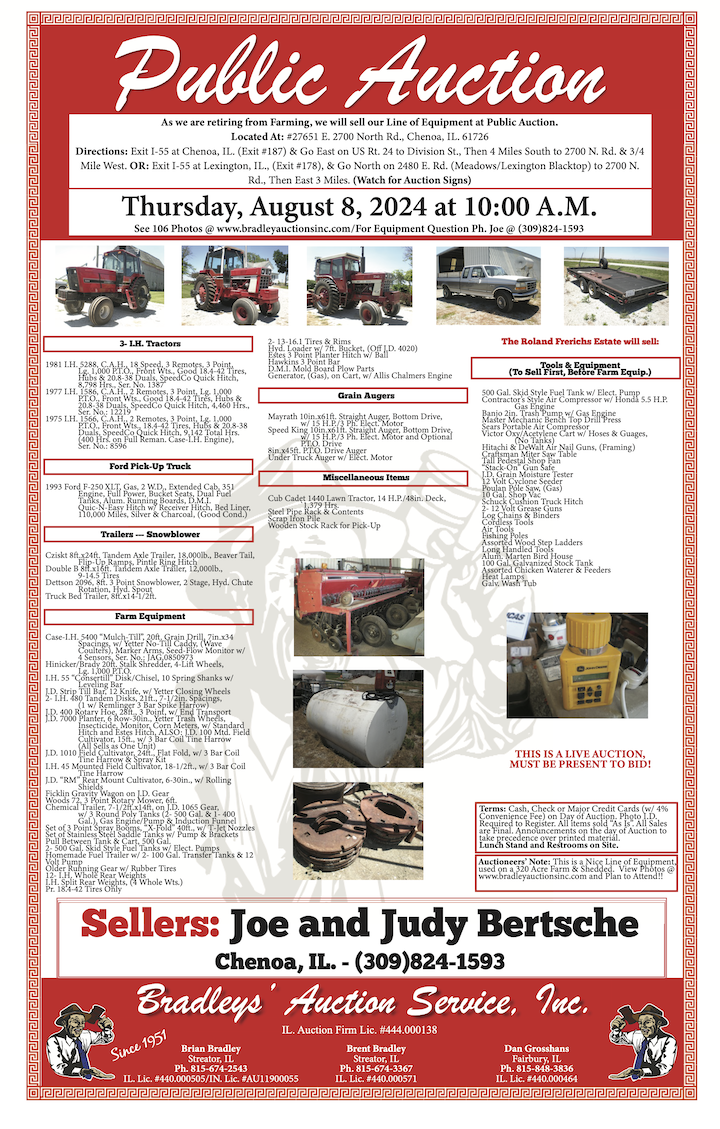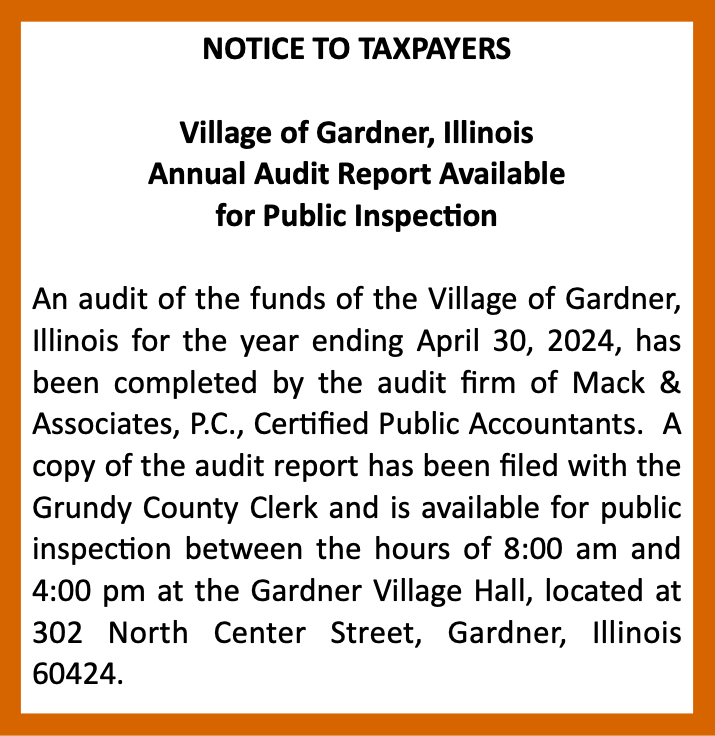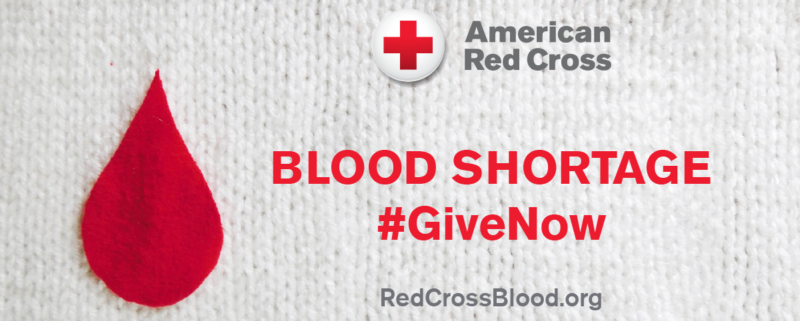El Nino adds wrinkle to winter outlook
By DANIEL GRANT
FarmWeek
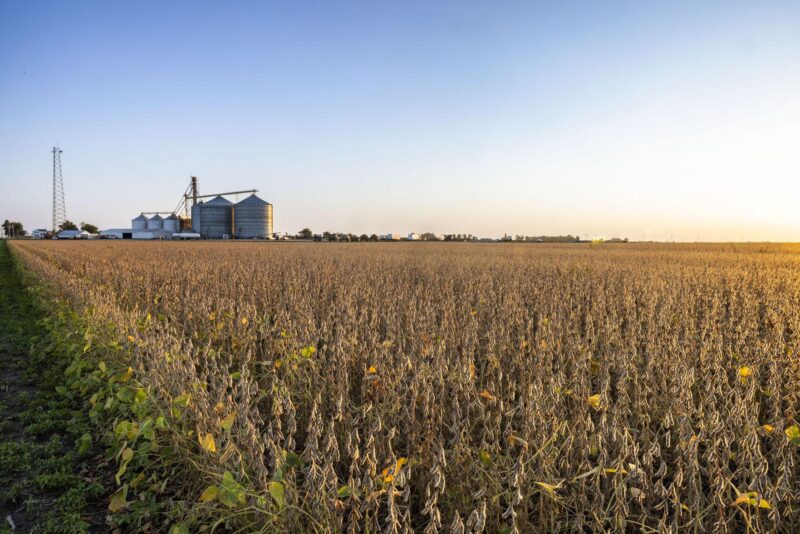
Now that temperatures in Illinois feel more seasonable for mid-October, at least for the time being, many people probably wonder what lies ahead for winter.
And, as always, there’s no shortage of opinions on the subject.
Sources such as the Farmers’ Almanac predict a “cold, stormy” winter season ahead. But the arrival of a strong El Nino, such as the one in place, typically tilts the pattern in Illinois toward a warm and mild winter, according to Chris Yates, chief meteorologist with WMBD and WYZZ in Peoria.
Yates discussed the weather outlook for the rest of fall and winter during a recent interview with FarmWeek.
“We’re heading into a strong El Nino winter,” he said. “An El Nino winter historically has been on the warmer and drier side and we tend to not have a lot of snow in the Midwest.
“There have been exceptions, specifically during weak El Nino events,” he said. “But the stronger the El Nino, the warmer, drier and less snowy winters tend to be around here.”
That doesn’t mean Illinois will avoid run-ins with the Polar Vortex or big snow events this winter. But a typical El Nino winter also contradicts the Farmers’ Almanac outlook.
**Editor’s Note: If you find the story above of value, consider clicking one of the Google ads embedded in the story. It costs you nothing but Google will give the website owner a few cents. This is a way to help support local news at no cost to the reader.
“Even if the forecast says it will be a warmer and less snowy winter, it doesn’t mean it won’t get cold,” Yates said. “It will mostly certainly still get cold and it’s still going to snow. There’s no stopping that.
“But, at the end of the day, we’ll probably be warmer than average and less snowy than average if history repeats itself.”
The typical El Nino pattern also contradicts recent observations from those who track the woolly black caterpillar. Folklore suggests the longer the black bands are on the woolly worm, the longer and more severe it will be for the upcoming winter.
“I’ve heard various things about the woolly worms this year,” Yates told the RFD Radio Network. “From what I’ve heard, there’s been a lot of black ones, which supposedly means a bad winter.”
So, what’s the history or track record of seasonal forecasts produced by the Farmers’ Almanac?
Yates analyzed the Farmers’ Almanac winter outlooks the past 10 years by comparing the actual precipitation, snowfall and temperature statistics from December through February each year. He reported the findings on his weather blog.
And, while it was spot on in consecutive years last decade, the Almanac’s long-range predictions are about as accurate as a coin flip.
“They had some good years and hit the nail on the head in 2013-14 and 2014-15,” Yates said of the Almanac winter outlooks. “But the forecasts weren’t as good beyond that.”
Yates gave six of the past 10 Farmers’ Almanac winter outlooks below-average to failing grades and scored four as average or better for accuracy.
Near-term, much of Illinois could be about done with summer-like temperatures, which would be good for fall anhydrous applications. But Yates can’t rule out a return of unseasonable warmth.
Looking ahead, one of Yates’ top concerns remains a lack of moisture. Topsoil moisture in Illinois ranked 57% short to very short, 42% adequate and just 1% surplus as of Oct. 2.
“The dry weather has been good for harvest. We’re not dealing with a lot of delays due to rain,” he said. “But I imagine there are some concerns as we’re dealing with severe drought in some parts of the state.”
This story was distributed through a cooperative project between Illinois Farm Bureau and the Illinois Press Association. For more food and farming news, visit FarmWeekNow.com.
**Editor’s Note: If you find the story above of value, consider clicking one of the Google ads embedded in the story. It costs you nothing but Google will give the website owner a few cents. This is a way to help support local news at no cost to the reader.






